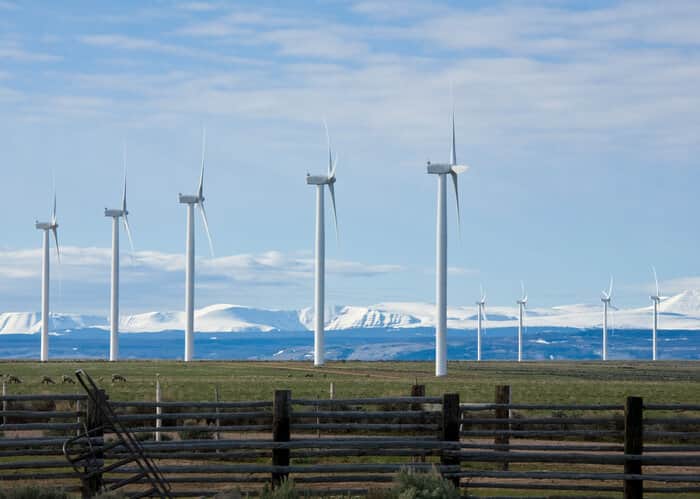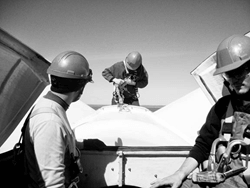The Idaho Public Utilities Commission (PUC) approved a negotiated settlement between wind developers and Idaho Power Co. over who should pay for transmission upgrades required to accommodate the proposed Cassia Gulch Wind Park and Cassia Wind Farm in the Magic Valley region of Idaho.
To prevent transmission overload that could take place with the new projects, Idaho Power had initially maintained it needed to upgrade its transmission system in the area at a cost of $60 million – to be borne primarily by wind developers. Jared Grover, a developer for the wind farms, filed a complaint with the commission stating all Idaho Power ratepayers would benefit from the upgrades and should help pay for them. Further, Grover argued, requiring developers to pay for the upgrades would threaten the economic viability of his projects and stifle further development of renewable energy in Idaho.
Under the terms of the agreement, Idaho Power will pay all the costs for the first phase of a planned five-phase transmission upgrade. For the remaining four phases, 25% of costs will be paid by Grover, while 25% will be paid by Idaho Power, and the remaining 50% will be advanced by the developer, but refunded over a term not to exceed 10 years after the projects are commercially viable.
The refunded amounts would then be included in rate base, says the PUC, adding that with the installation of output-reducing equipment at the wind farms – to be activated during times of transmission constraint – the cost of needed upgrades was reduced from $60 million to $11 million.
Requiring the wind developers to pay for at least 25% of upgrade costs is beneficial to all customers, according to the PUC, because it creates an incentive for developers to consider economic efficiencies when they choose locations for their wind farms. That reduces the potential for the shifting of costs from the developers to the company and its customers, which could occur if no upgrade costs were assessed against developers.



